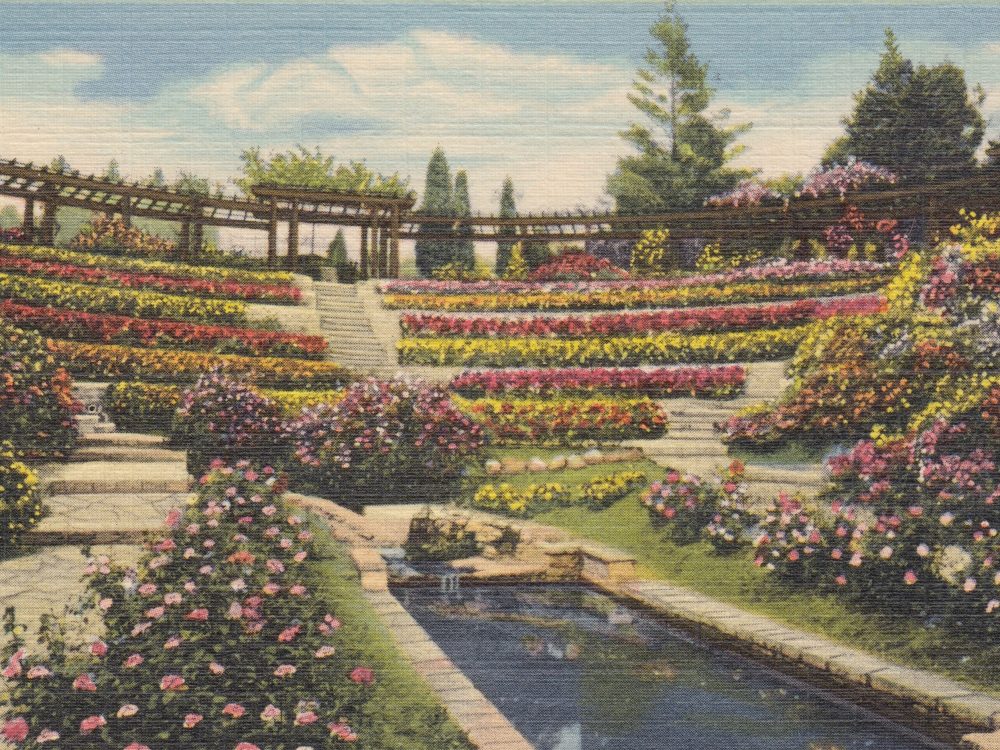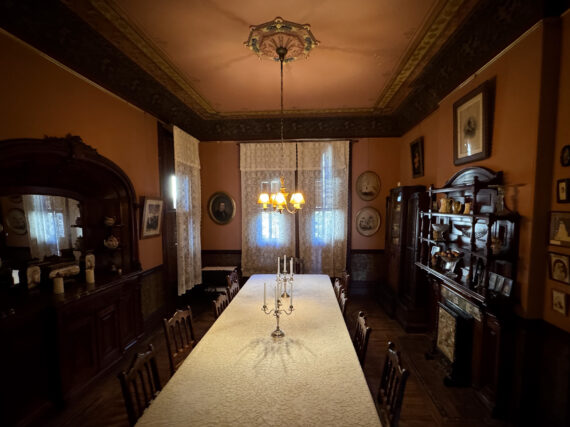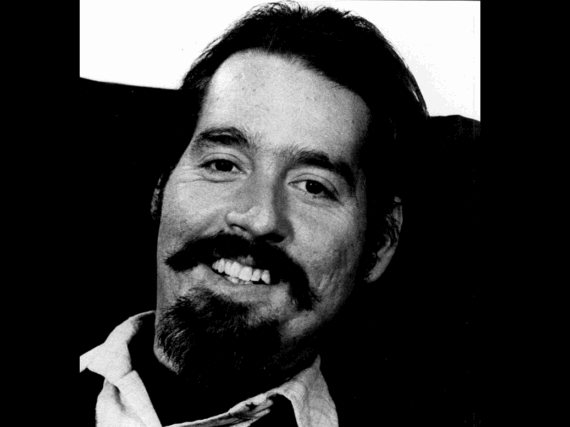It’s nearly impossible to summarize the magnitude of the New Deal’s impact in the Bay Area. From the creation of Lake Anza, Woodminster Amphitheater, and Treasure Island to countless murals, schools, and other public amenities, federal funding dramatically transformed the local landscape and culture during the 1930s. President Roosevelt’s decision to invest in arts and infrastructure as a response to the Great Depression is one of the greatest success stories in the history of American politics. Could something on this scale ever happen again?
As a new Democratic administration takes power amidst a crisis of unemployment and vast inequality, today’s episode explores the lessons of the New Deal with historians Gray Brechin and Harvey Smith of The Living New Deal, an organization dedicated to uncovering and preserving public works from this era. From airports to sewers, the legacy of the New Deal is still utilized by millions, even if the history connecting these crucial components of modern society has mostly been forgotten. Listen now to hear about how a trip to Berkeley’s rose garden inspired a lifelong obsession with “uncovering a lost civilization” – and why the New Deal is still such a controversial topic: Apple / SoundCloud / Spotify.





Editorial note: As this episode mentions, there are some very negative aspects of President Roosevelt’s legacy that must also be acknowledged. Some of these stories have been covered in-depth on previous episodes of East Bay Yesterday. Here are the links if you want to hear about the history of housing discrimination and/or the mass incarceration of Japanese-Americans during World War II.
East Bay Yesterday can’t survive without your support. Please donate to keep this show alive: www.patreon.com/eastbayyesterday




